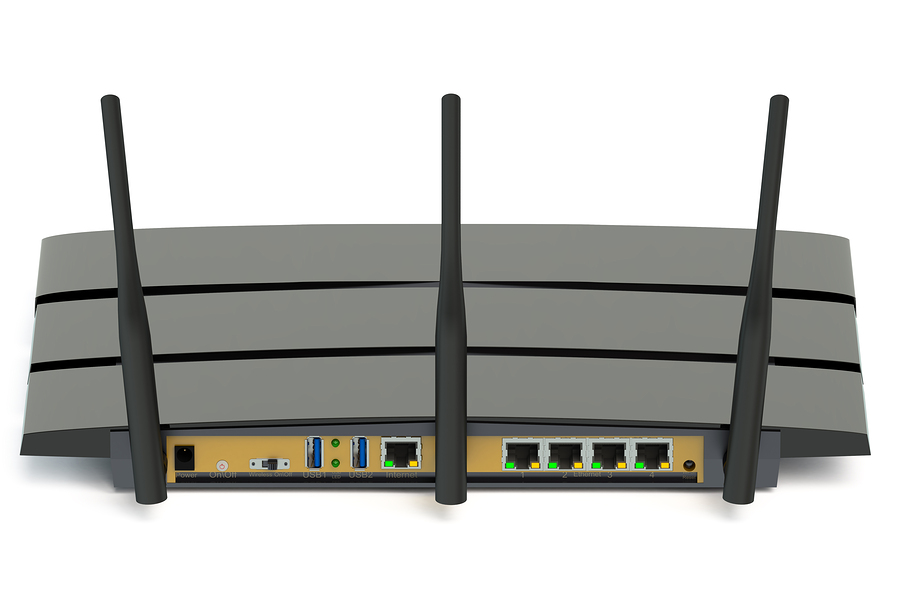It has become an assumed fact that landline connections are faster than wireless connections. If you want a broadband internet connection, you have to make sure your computer or laptop is plugged into the wall with either an Ethernet or a cable connection. And while that certainly used to be a safe assumption, wireless connections have come a long way since they first appeared.
To some extent, wireless connections are still slower than the broadband internet you can get at home. For as much bragging as cell providers do about 4G connections, the most you can expect is around 10-12 megabits per second. That’s certainly plenty when you compare it to many cable plans that offer similar speeds, but fiber internet connections can offer up to a gigabit per second, a speed that’s 100 times as fast.
However, that speed can seem to be a problem depending on how your home or business is set up. Buildings constructed after the late 90s don’t have Ethernet hookups for every room, office, and cubicle, not unless someone went to the expense of adding them later. And modern buildings don’t always have them, either, thanks to improving Wi-Fi technology.
But while Wi-Fi was a “good enough” option for online connections for a long time, that’s no longer the case today. A Wi-Fi signal can be strong enough to keep up not just with cable speeds but also a fiber-based broadband internet connection. With a strong enough router and a decent wireless adapter (one which doesn’t have to cost more than $50), a home or office can get a gig per second in every single room.
So if you decide to upgrade your building to a fiber internet connection, make sure your tenants know both how a faster connection can help them out and how they can make full use of that faster connection wirelessly when they get the right hardware. It’s necessary but it’s not expensive, and once everything’s in place they can leave their 4G-connected smartphones in the dust.

